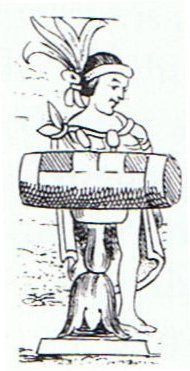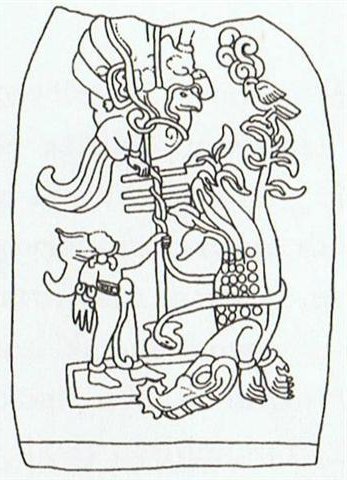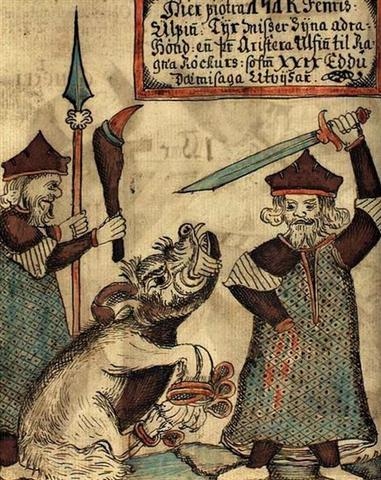The face of the Smith - who stole a piece of the 'Fire' (te ahi) - should be drawn like a reflection of the rising Sun and his face should not be looked at:  ... The eye is the symbolic site of subjection. Valeri observes that: 'The two sentiments that permit the transcendence of the self are, according to Hawaiians, desire and respect. One and the other are called kau ka maka, literally, 'to set one's eyes on' ... 'To see' (ike) in Hawaiian (as in French or English) is 'to understand', but it is also 'to know sexually'. Witness to the order, the world of forms generated by the chief, the eye, is the sacrifice of those who violate that order. The left eye of the slain tabu-transgressors is swallowed by Kahoali'i, ceremonial double of the king and living god of his sacrificial rites. Like the sun, chiefs of the highest tabus - those who are called 'gods', 'fire', 'heat', and 'raging blazes' - cannot be gazed directly upon without injury. The lowly commoner prostrates before them face to the ground, the position assumed by victims on the platforms of human sacrifice. Such a one is called makawela, 'burnt eyes' ... In the following Mayan picture we can see the true and rather short young Sun standing at left, with an upside down watery beast to his right, and with a kind of 'skeleton tree' in the center between them:
The face of this standing little Sun figure has no features possible to depict. His hair appears to be a single great flame. His right hand has 3 peculiar 'fingers', looking like the feathers of a bird. Possibly the Smith has stolen his right hand. In Nordic mythology it was the Wolf who bit off the right hand of Týr (another name for Mars): ... due to the gods' knowledge of prophecies foretelling great trouble from Fenrir and his rapid growth, the gods bound him, and as a result Fenrir bit off the right hand of the god Týr ...
The defeat of the Wolf must have occurred with the return of the Sun in spring. It is therefore no great surprise to find the autumn lady with the drum without her right leg - the events of spring ought to be reflected inverted in the events at the opposite side of the year:  The first star of the Wolf constellation (ι Lupi) rose in October 23 (the day after Arcturus)
Mira is ο Ceti, the wonderfully flickering light of a star at the neck of the Sea Monster, and an adequate symbol for the returning light in spring. The bent henua open in front is a Sign which agrees. Lupus represents the dark times and heliacal Mira should be a promising sign of the good times of spring ahead.
| ||||||||||||||||||||||||||||||||||||||||||||||||||||||||||||||||||||||||||||||||||||||||||||||||||||||||||||||||||||||||||||||||||||||||






